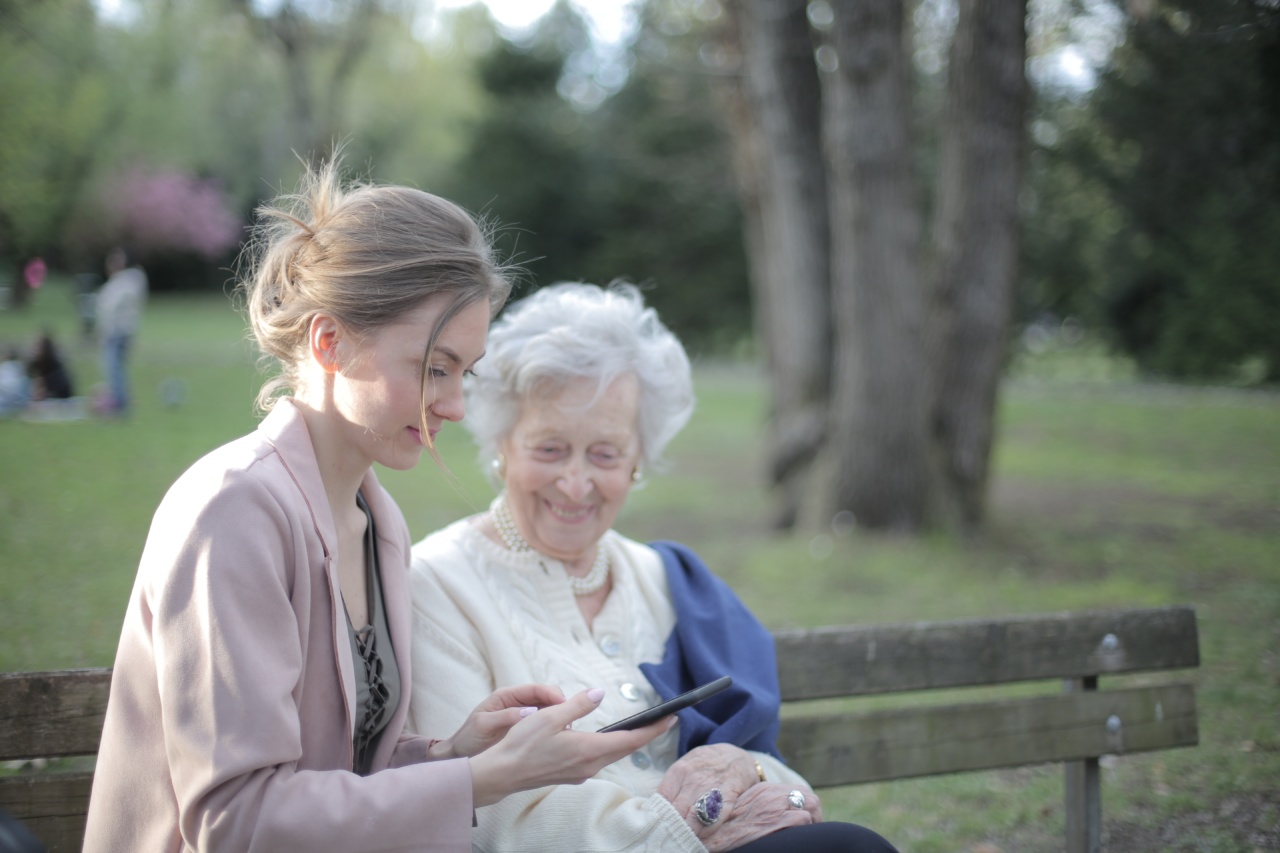Summer is a time of sunshine, warmth, and joyful activities. It is also a time when nature flourishes, and the reproductive cycles of many species thrive.
Interestingly, this connection between summer and fertility extends beyond the realm of nature and can also have an impact on human female fertility. In this article, we will explore the various factors that contribute to the link between summer and female fertility.
1. Increased Exposure to Sunlight
One of the key reasons behind the correlation between summer and female fertility is the increased exposure to sunlight. Sunlight plays a crucial role in regulating the production of melatonin, a hormone that helps regulate the menstrual cycle.
Exposure to sunlight can lead to higher levels of melatonin during the summer months, which in turn can positively influence female fertility.
2. Boost in Vitamin D Levels
Summer is synonymous with spending time outdoors, and this increased outdoor activity leads to higher vitamin D levels. Vitamin D is not only essential for bone health but also plays a vital role in reproductive health.
Studies have suggested that adequate vitamin D levels are associated with improved fertility outcomes in women. The summer months provide an excellent opportunity for women to replenish their vitamin D levels naturally.
3. Seasonal Food Availability
Summer brings an abundance of fresh fruits and vegetables that are packed with essential nutrients and antioxidants. A diet rich in these nutrients can have a positive impact on female fertility.
For example, antioxidants like vitamin C and E can help protect the eggs from harm and may improve the quality of eggs in women. The availability of seasonal foods during summer makes it easier for women to incorporate these fertility-boosting nutrients into their diets.
4. Increased Physical Activity
Summer often encourages people to engage in more physical activities, such as swimming, hiking, or playing outdoor sports.
Regular exercise is known to have a positive impact on female fertility by improving blood circulation, reducing stress levels, and maintaining a healthy body weight. Engaging in physical activity during the summer can be particularly beneficial for women trying to conceive.
5. Improved Mood and Reduced Stress
Sunshine and warmer weather can have a profound effect on one’s mood and overall well-being. The increased levels of sunlight during the summer months trigger the release of serotonin, also known as the “feel-good” hormone.
This surge in serotonin helps improve mood, reduce stress levels, and promote relaxation. Stress is known to negatively affect female fertility, so a happier and more relaxed mindset during summer can indirectly improve fertility outcomes.
6. Vacation Opportunities
Summer is a popular time for vacations, and taking a break from daily routines and stressors can be beneficial for female fertility. Vacations provide an opportunity to relax, rejuvenate, and reduce stress.
Stress reduction is particularly crucial for women trying to conceive, as high-stress levels can disrupt hormonal balance and interfere with ovulation. Planning a summer getaway can create an ideal environment for enhancing fertility.
7. Luck of the “Baby-Making” Season
The popularity of the phrase “baby boom” associated with the months following winter suggests that conception rates are higher during certain times of the year.
Research has shown that the highest number of conceptions tends to occur in spring and summer. This phenomenon could be attributed to various factors, including increased social activities, improved mood, and the potential influence of environmental factors on fertility.
The concept of a “baby-making” season aligns with the well-known connection between summer and female fertility.
8. Circadian Rhythm and Reproductive Cycle
Human beings have an internal biological clock called the circadian rhythm that regulates various bodily functions, including the menstrual cycle.
Our circadian rhythm is influenced by natural light exposure, and disruptions in this rhythm can affect reproductive processes. Summer months with longer daylight hours allow for better synchronization of the circadian rhythm, potentially leading to improved hormonal balance and reproductive function.
9. Psychological and Societal Effects
Summer is often associated with a positive mindset, increased social interactions, and a sense of freedom. These psychological and societal effects of summer can indirectly influence female fertility.
Women may feel more open to the idea of starting or expanding their families during this time. Additionally, the vibrant atmosphere of summer can contribute to a sense of optimism and confidence in the journey towards conception, which can have a positive impact on fertility.
10. Seasonal Affective Disorder (SAD)
Although summer is generally a time of positivity and vitality, it is important to acknowledge that some individuals experience a condition called seasonal affective disorder (SAD).
SAD is a type of depression that occurs during specific seasons, typically during the colder months. For those affected by SAD, their mood and overall well-being may be negatively impacted, potentially leading to disruptions in reproductive function.
The summer months provide respite for individuals with SAD, allowing for improved mental health and potentially better fertility outcomes.































